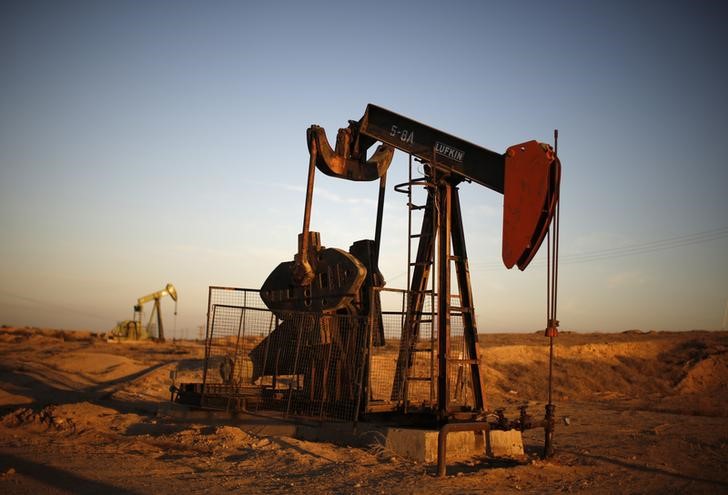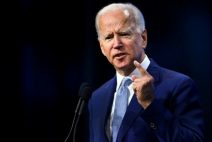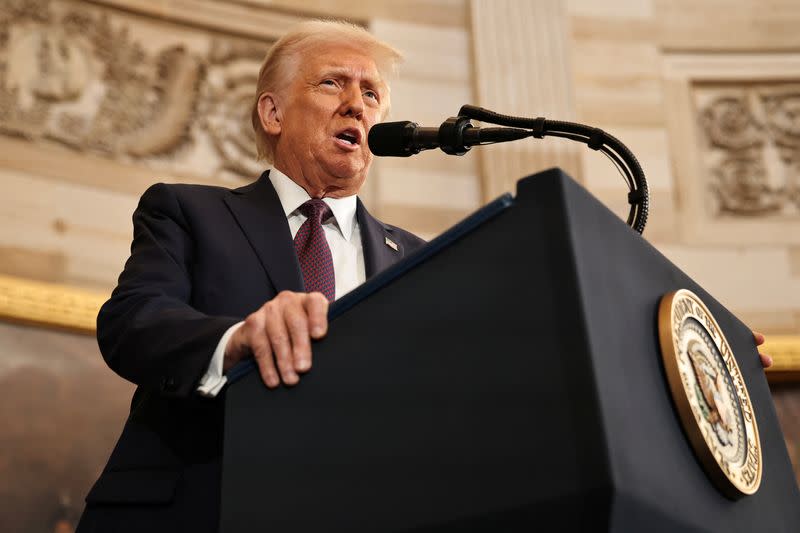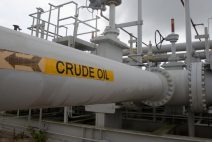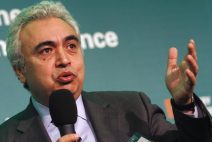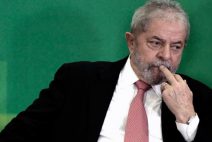Oil investors appear to be adjusting expectations for tight crude supplies later this year, with the gap between nearer-term and further prices weakening despite the OPEC+ producers' group plan to deepen production cuts.
The prompt month's premium to prices six months out has sharply shrunk in the last week, a sign investors are less fearful that demand will outstrip supply later this year.
OPEC's de facto leader Saudi Arabia plans next month to cut output by 10%, to 9 million barrels per day (bpd), its biggest cut in years. Its cut was part of a broader OPEC+ deal to limit crude supply into 2024.
"The last few days have shown how fragile sentiment is in the oil market," UBS strategist Giovanni Staunovo said on Tuesday. "Prices are being driven more by supply news and demand growth concerns."
Analysts at Goldman Sachs this week cut its oil price and demand estimates, citing rising supplies and slower demand. Higher oil production from the U.S., Iran and Venezuela have amplified concerns around excess oil supply, UBS's Staunovo said.
OPEC on Tuesday held to a forecast for an about 2.5% global oil demand growth this year though the producer group warned that the world economy faces rising uncertainty and slower growth in the second half.
U.S. crude production rose to 12.4 million barrels per day in the week to June 2, the highest since April 2020, Energy Information Administration data showed.
The premium for Brent's front-month versus prices in a half-year traded on Tuesday at the weakest since March at $1.10 per barrel before recovering to $1.36, Refinitiv Eikon data showed. WTI's front-month premium also traded as low as 45 cents versus prices six months out.
Net long positions for U.S. crude futures and options have been weaker as money managers have cut positions for four weeks in a row, to 86,464 contracts, the lowest amount since March, according to Refinitiv.
